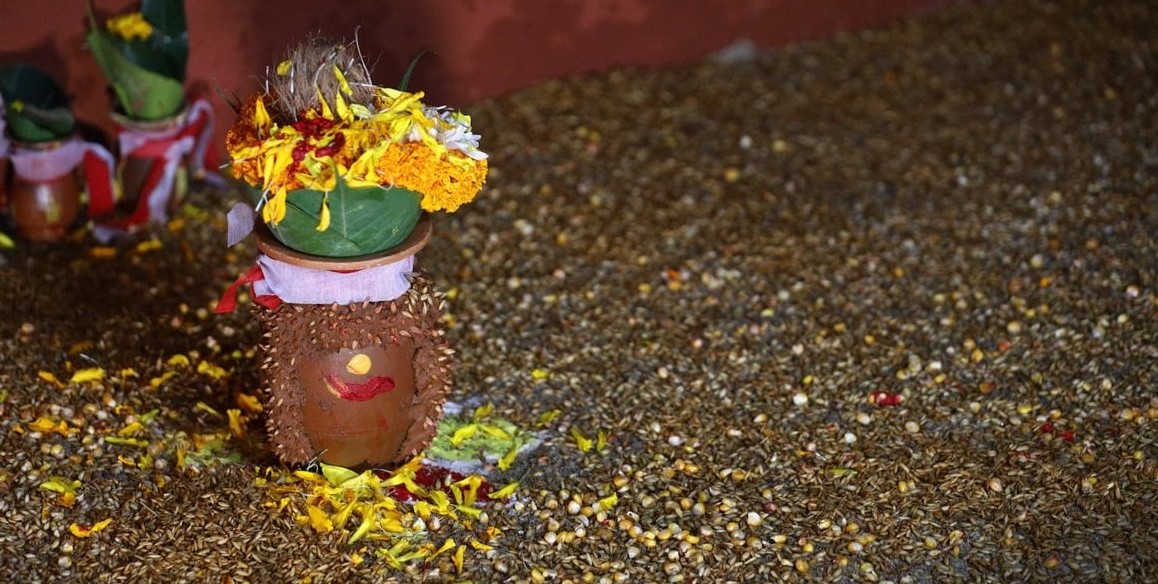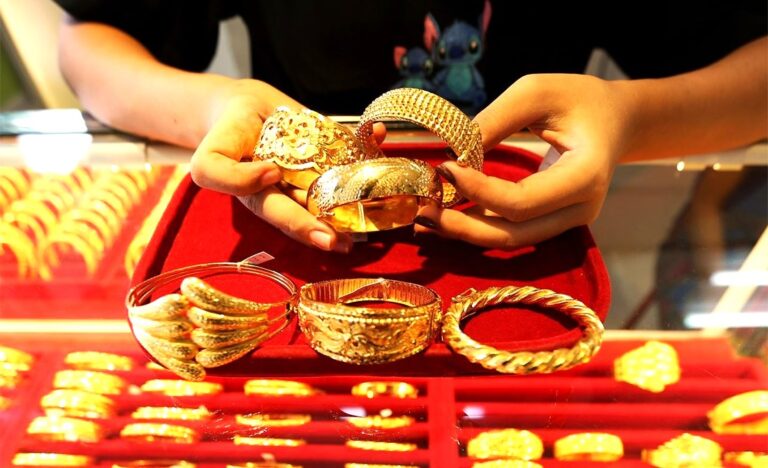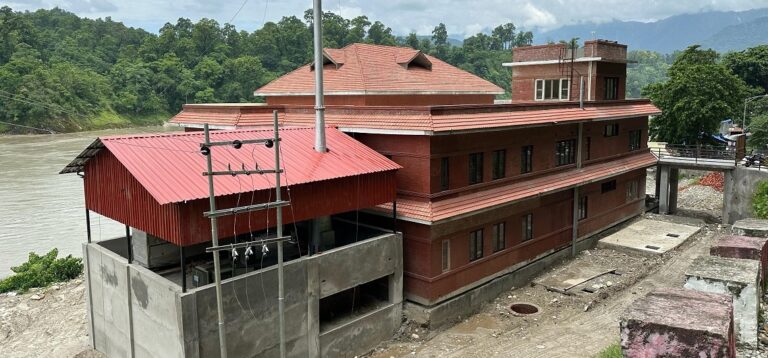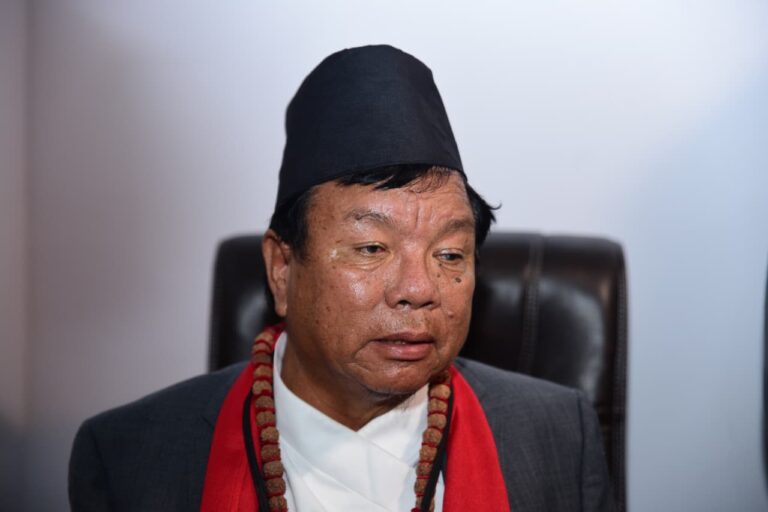
The grand Hindu festival Bada Dashain, which starts every year from Ashwin Shukla Pratipada, has begun today. The festival will be celebrated for 15 days until the full moon of Ashwin Shukla Paksha, marked by rituals, worship, and family gatherings across Nepal.
On the first day, known as Ghatasthapana, devotees perform rituals by establishing a Kalash (sacred pot) and invoking Goddess Durga in their homes. At the auspicious time of 9:13 AM, people set up a sanctified space, smear it with cow dung, and plant barley seeds (Jamara) brought from a clean riverbank or holy site. Barley sprouts, which symbolize prosperity, are offered to Goddess Durga and worn during Vijaya Dashami along with tika as a blessing.
Religious scholars explain that barley is the only prescribed grain for Jamara plantation, though some families also sow other grains as per their tradition. Jamara is also valued in Ayurveda for its medicinal properties.
Throughout the nine days of Navaratri, devotees worship the nine forms of Goddess Durga—Shailaputri, Brahmacharini, Chandraghanta, Kushmanda, Skandamata, Katyayani, Kalaratri, Mahagauri, and Siddhidatri—each day dedicated to one form. These nine goddesses, collectively known as Navadurga, represent power, wisdom, and protection from evil forces.
During the festival, temples and shrines such as Guhyeshwari, Maitidevi, Naxal Bhagwati, Shobha Bhagwati, Nala Bhagwati, and Palanchok Bhagwati are thronged by devotees for worship, recitation of scriptures like Durga Saptashati (Chandi), and offering prayers for prosperity and victory of truth over evil.
Key upcoming rituals include Fulpati on the seventh day, Maha Ashtami and Maha Navami with special animal sacrifices at traditional sites, and Vijaya Dashami, when elders bless younger family members with tika, jamara, and prasad. This year, the auspicious time for receiving tika is set for 11:53 AM on Ashwin 16 (Vijaya Dashami), while the immersion of Goddess Durga will take place at 9:23 AM the same day.
In Kathmandu, special rituals begin today at the Dashain Ghar of Hanumandhoka Durbar, where sacred Jamara is planted and daily worship continues until Maha Navami, when traditional sacrifices are performed at the Kot courtyard.
Dashain is not only a religious celebration but also a festival of family reunion, as people return home from workplaces, studies, and abroad to celebrate with loved ones. Most schools and offices close during this period, allowing families to gather and rejoice in Nepal’s most significant festival.




